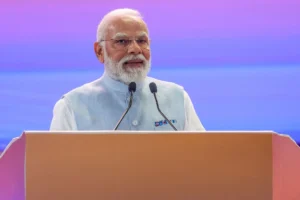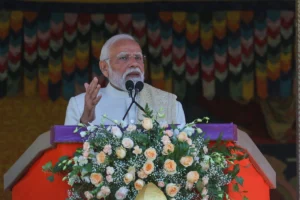
India’s medical device industry is expected to rise five times to $50 billion by 2030 with appropriate regulation, according to a report released on Thursday by Drug Controller General of India (DCGI) Rajeev Singh Raghuvanshi.
He was giving a speech in the nation’s capital at a symposium on the categorization of health items that was hosted by the PHD Chamber of Commerce and Industry.
The DCGI highlighted the advantages of regulation, such as international recognition and quality control, which all contribute to industrial expansion.
“Regulating an industry provides many advantages, the foremost being quality monitoring and standardisation, which is critical in healthcare as it deals with people’s lives. A regulated industry builds international confidence in the products manufactured, boosting growth. Projections indicate that by 2030, the industry could grow to about $50 billion, which is five times its current size,” said Raghuvanshi.
Aside from highlighting unethical activities and cautioning against sacrificing quality for profit, he also emphasized the necessity for industry-wide commitment to high ethical and quality standards, considering the healthcare sector’s crucial role in saving lives.
Currently, only 20% of medical equipment in India are made locally; the remaining 80% are imported. In order to change this equilibrium, the government has implemented a number of programs, incentives, and policy changes.
Also Read: Proposal To Bring Ashes Of Freedom Fighter Chandrashekhar Azad To Prayagraj For Maha Kumbh 2025
Raghuvanshi observed that tremendous progress had been made, as seen by the licensing of over 3,200 production facilities and 10,000 import licenses in just 1.5 years.
He emphasized the necessity of attaining a net positive trade in medical devices and reversing the import-manufacture imbalance.
“For in vitro devices, we currently have about 280 manufacturing licences and around 900 import licences. Despite manufacturing many in vitro devices domestically, almost 100 per cent of the reagents used are imported. This area holds significant business potential and opportunities,” he stated.
The conference, which drew over 100 industry delegates from healthcare, included a session focused on defining and categorizing health products. The session highlighted their roles: preventing disease, promoting health, managing health issues, and providing rehabilitative, assistive, or palliative care.
To read more such news, download Bharat Express news apps























